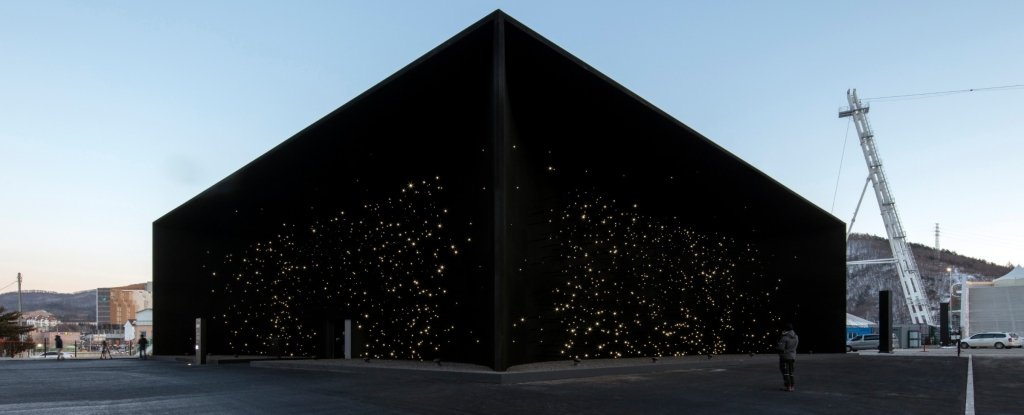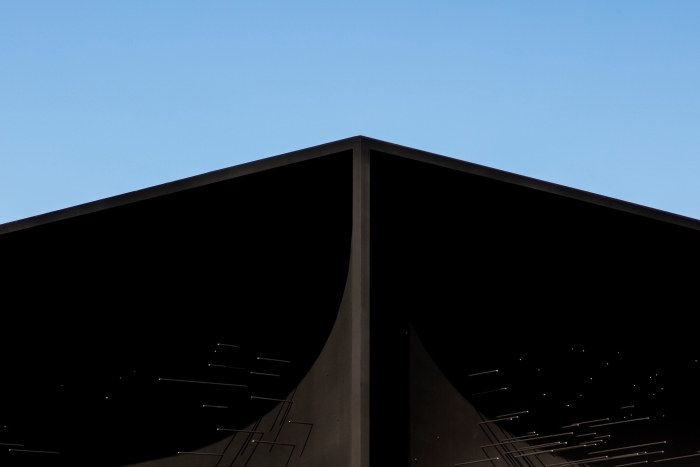
People sit beneath the cherry blossoms in full bloom along a street in Seoul on April 3, 2023.
STORY HIGHLIGHTS
The Korea Disease Control and Prevention Agency (KDCA) said the person has no travel history
South Korea has reported its first case of locally transmitted monkeypox disease, bringing the total number of infections to six.
The South Korean national was admitted to a hospital on Monday and was reported to authorities on Thursday on the suspicion of having contracted monkeypox. The following day, his samples were sent and the results came back positive, Yonhap News Agency reported on Saturday.
The Korea Disease Control and Prevention Agency (KDCA) said the person has has no recent travel history.
“Unlike the previous five cases in the country, which were linked to overseas travel, the latest patient had not travelled abroad within the past three months,” the KDCA said.
It was said that the individual, whose identity has not been revealed, had been experiencing symptoms since the end of March. Since then, he had been in contact with others for several days.
“A thorough epidemiological investigation is currently ongoing, and we will release necessary information as soon as it is ready,” a KDCA official said, adding that the individual is in good health.
The first case of monkeypox in South Korea was recorded on June 22 last year, while the fifth case was reported March 13.
The virus, which is traditionally confined to regions in Central and Western Africa, can cause fever, chills, rashes and lesions, among other symptoms.
A KCDA official told Yonhap agency that the risk of transmission of monkeypox is relatively low compared to COVID-19 and flu, unless one has close contact with a confirmed infected case.
In one of the cases, the third patient was a medical worker and was infected after being accidentally pricked by an injection needle while taking a skin lesion sample from a who contracted the disease during overseas travel.
The US-based Centers for Disease Control and Prevention reported 86,746 viral disease cases since January 2022 all over the world, with 30,286 infections detected in America alone. During the same time period, 112 people died, including 38 in the US.



 (Luke Hayes/Hyundai)
(Luke Hayes/Hyundai)













![South Korea has reported 24 cases of the disease since diagnosing the country's first MERS illness last month [AFP]](https://i0.wp.com/www.aljazeera.com/mritems/imagecache/mbdxxlarge/mritems/Images/2015/6/2/62ff4625a2d94675b997a55c9aceec5f_18.jpg)